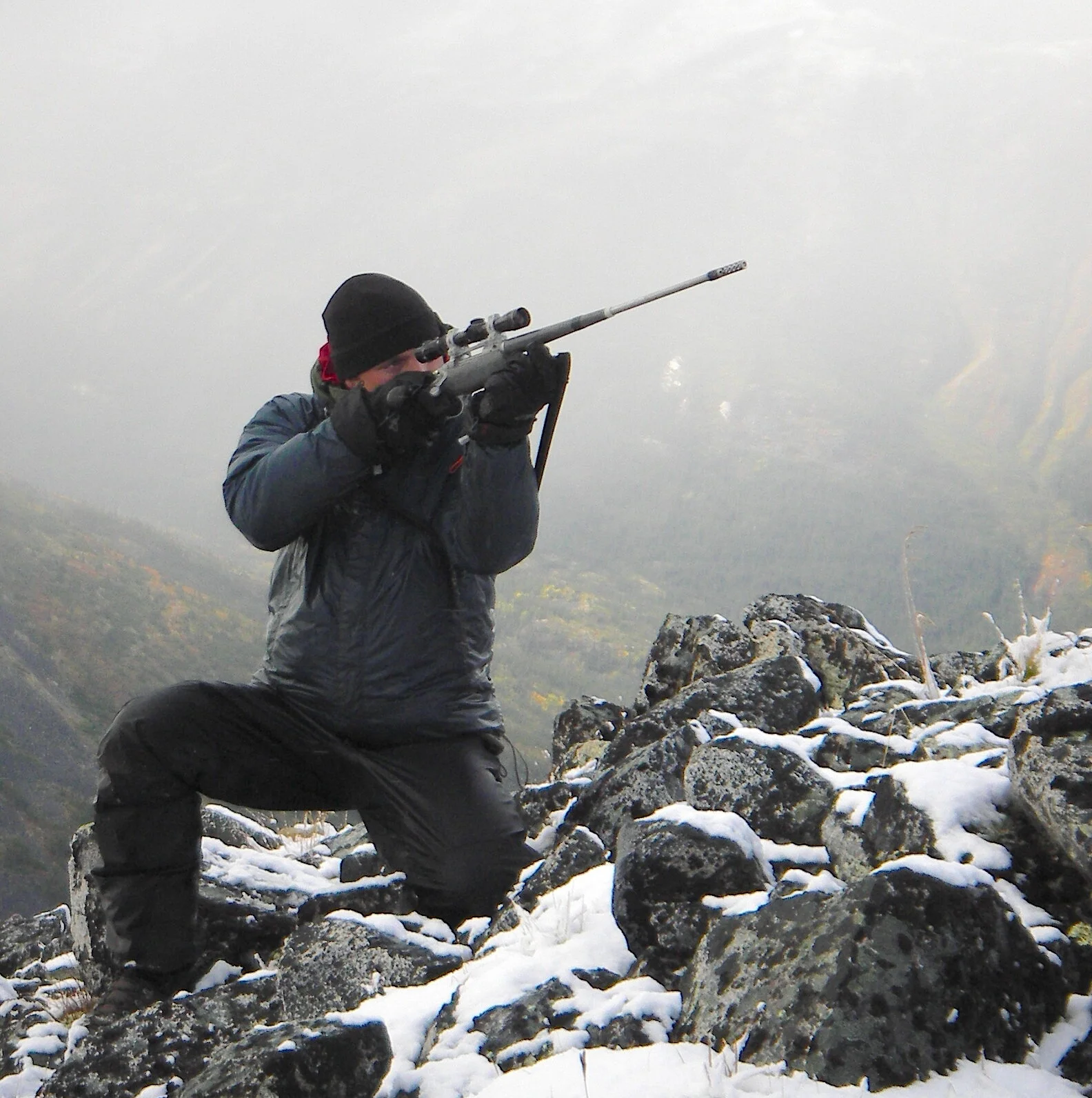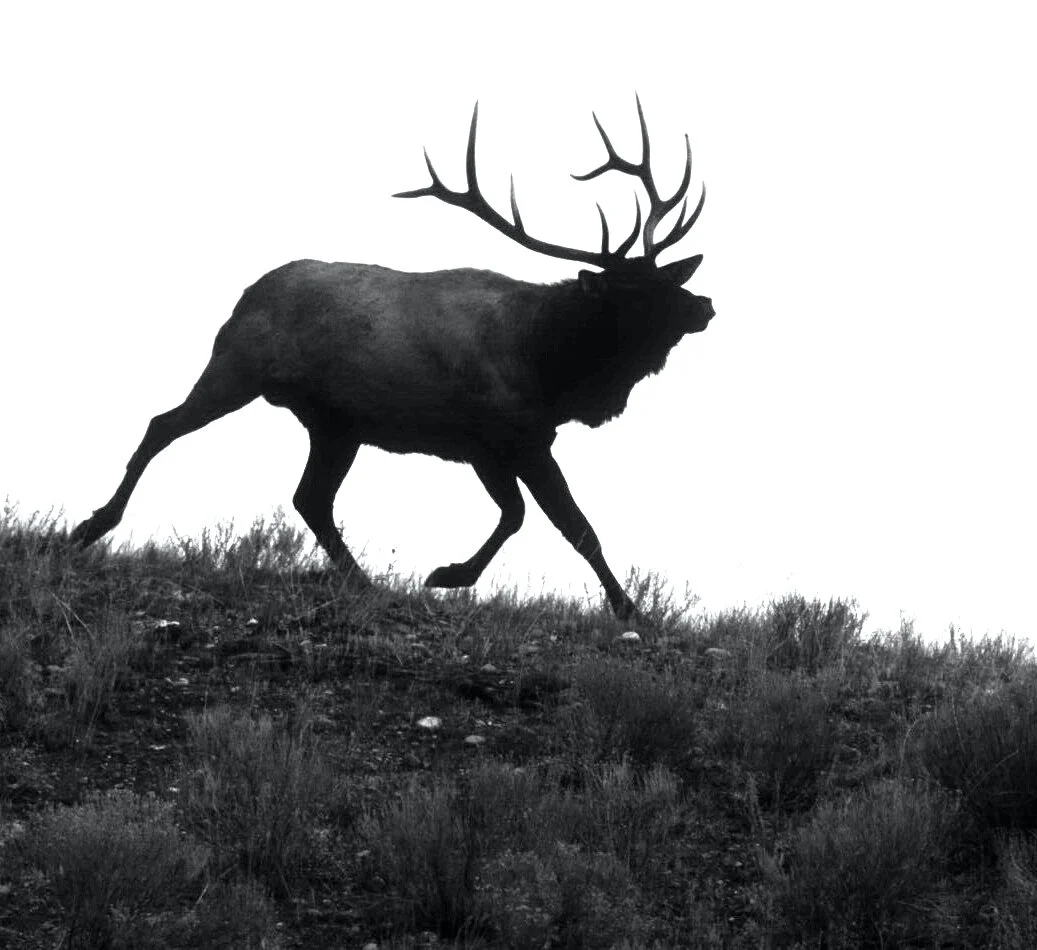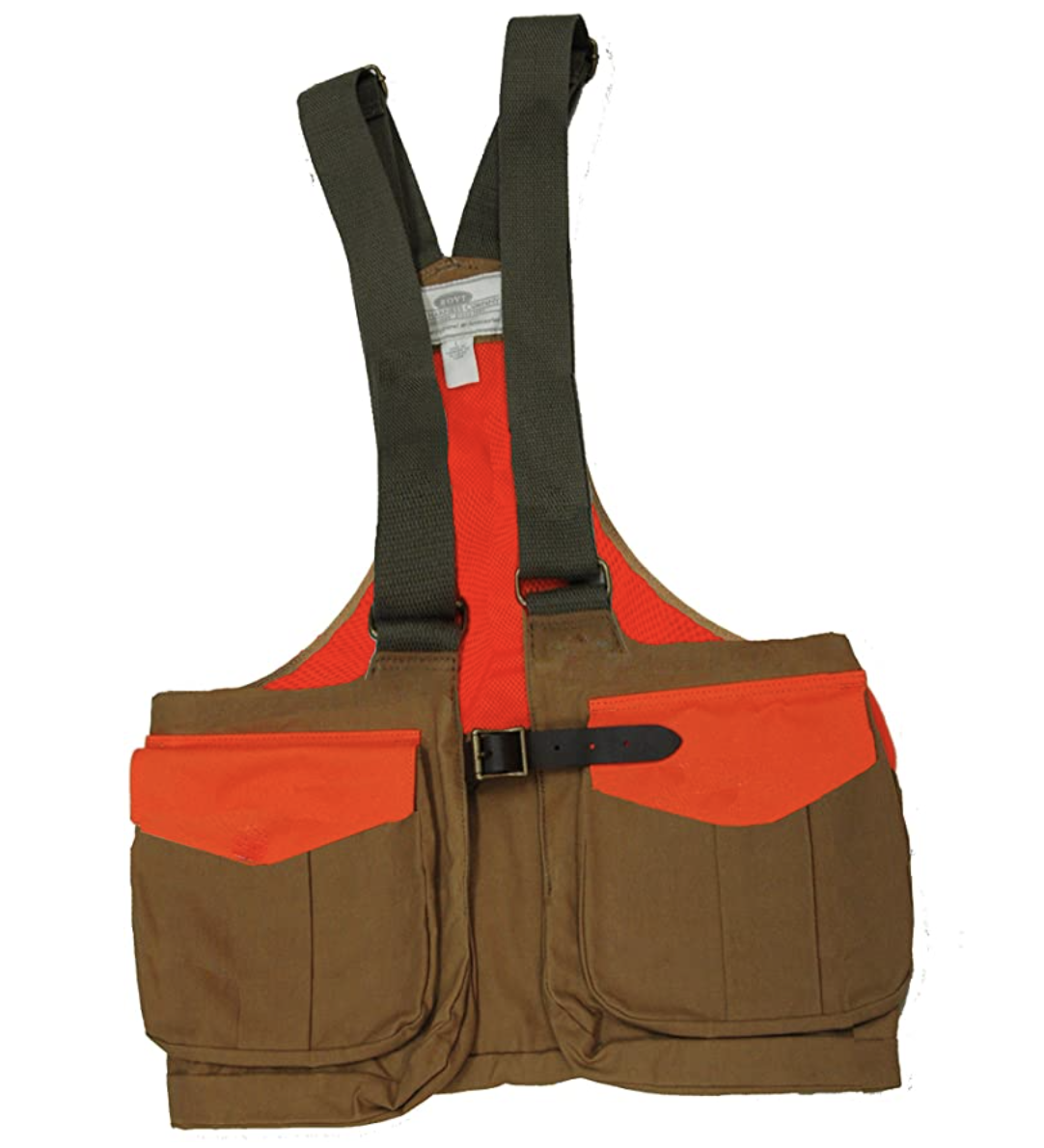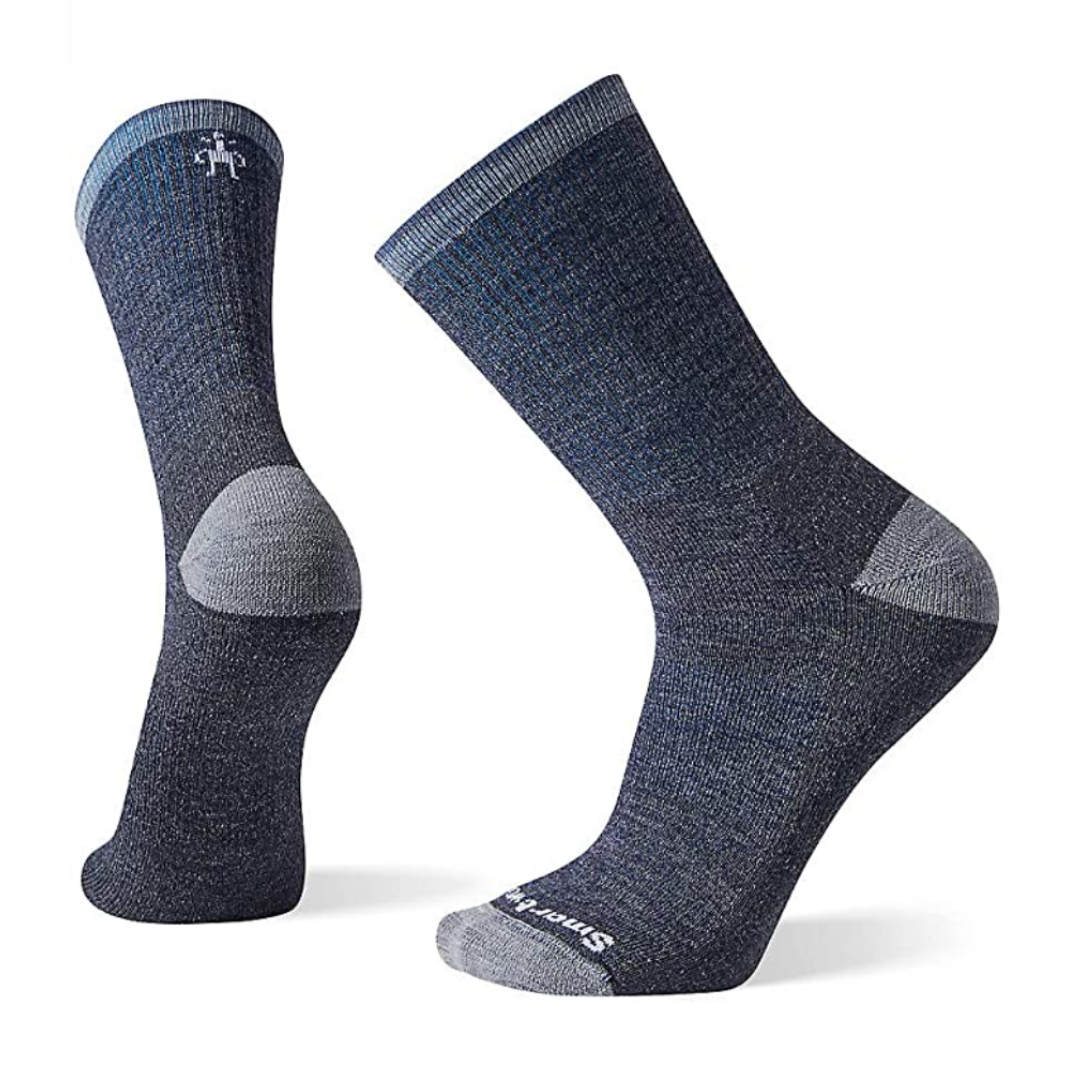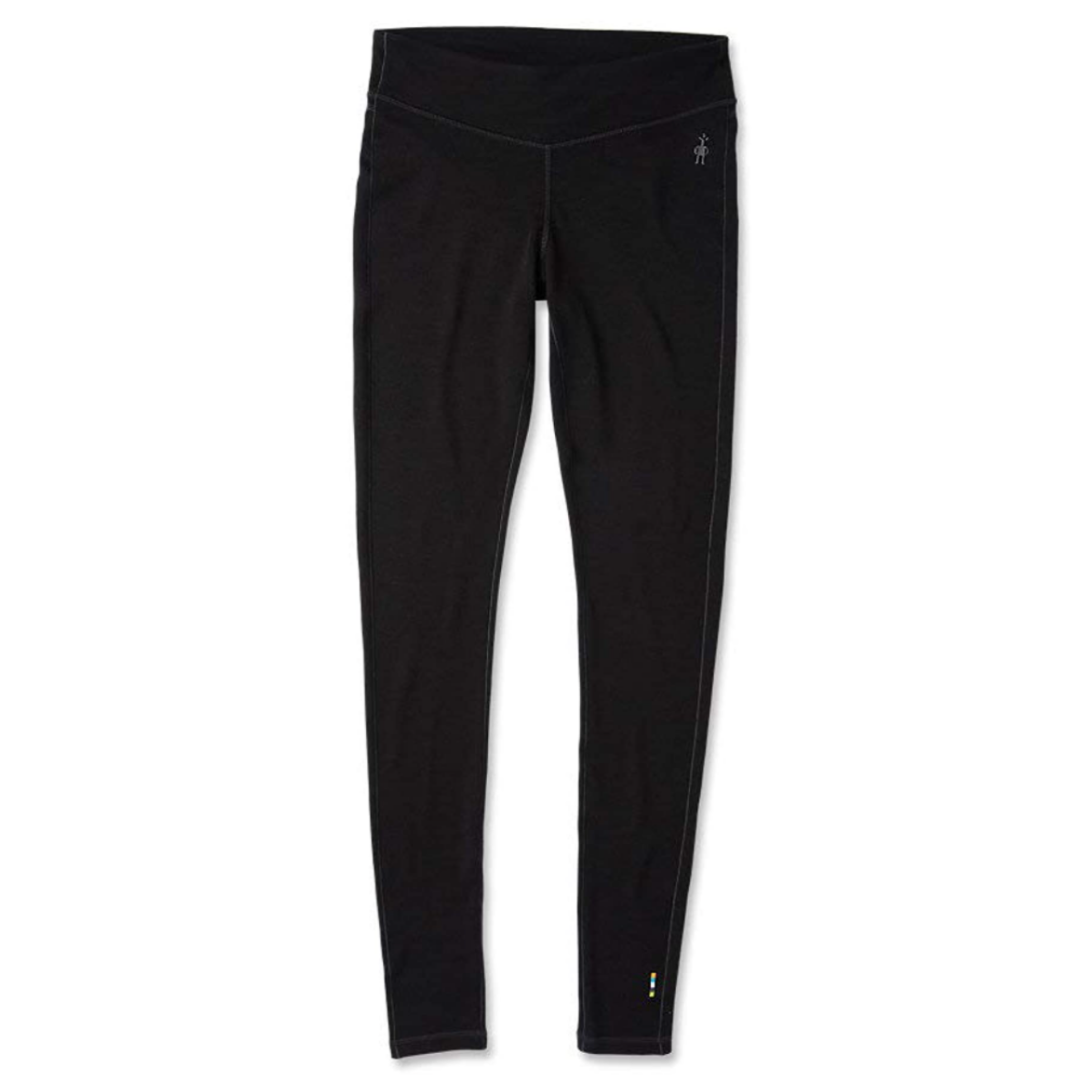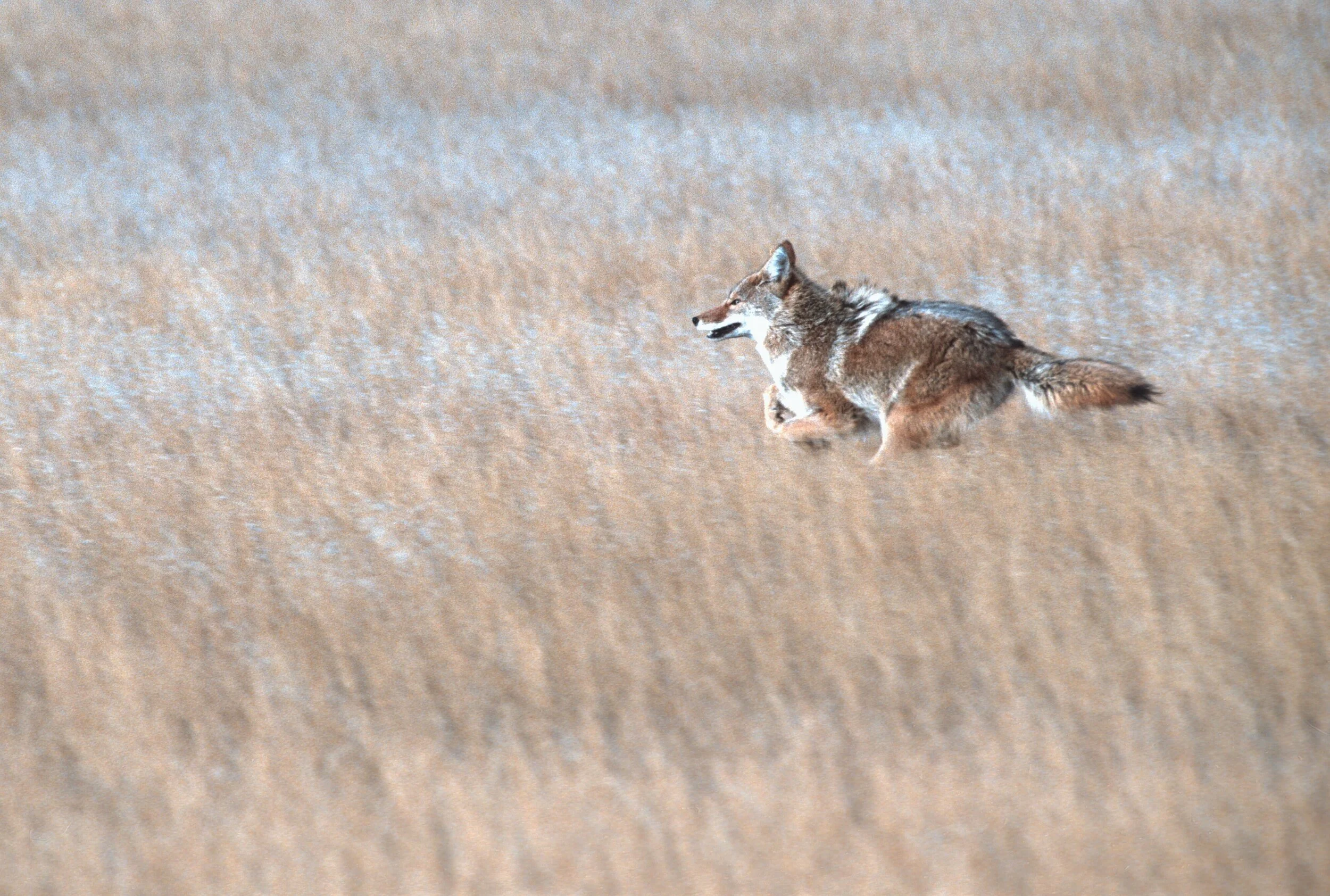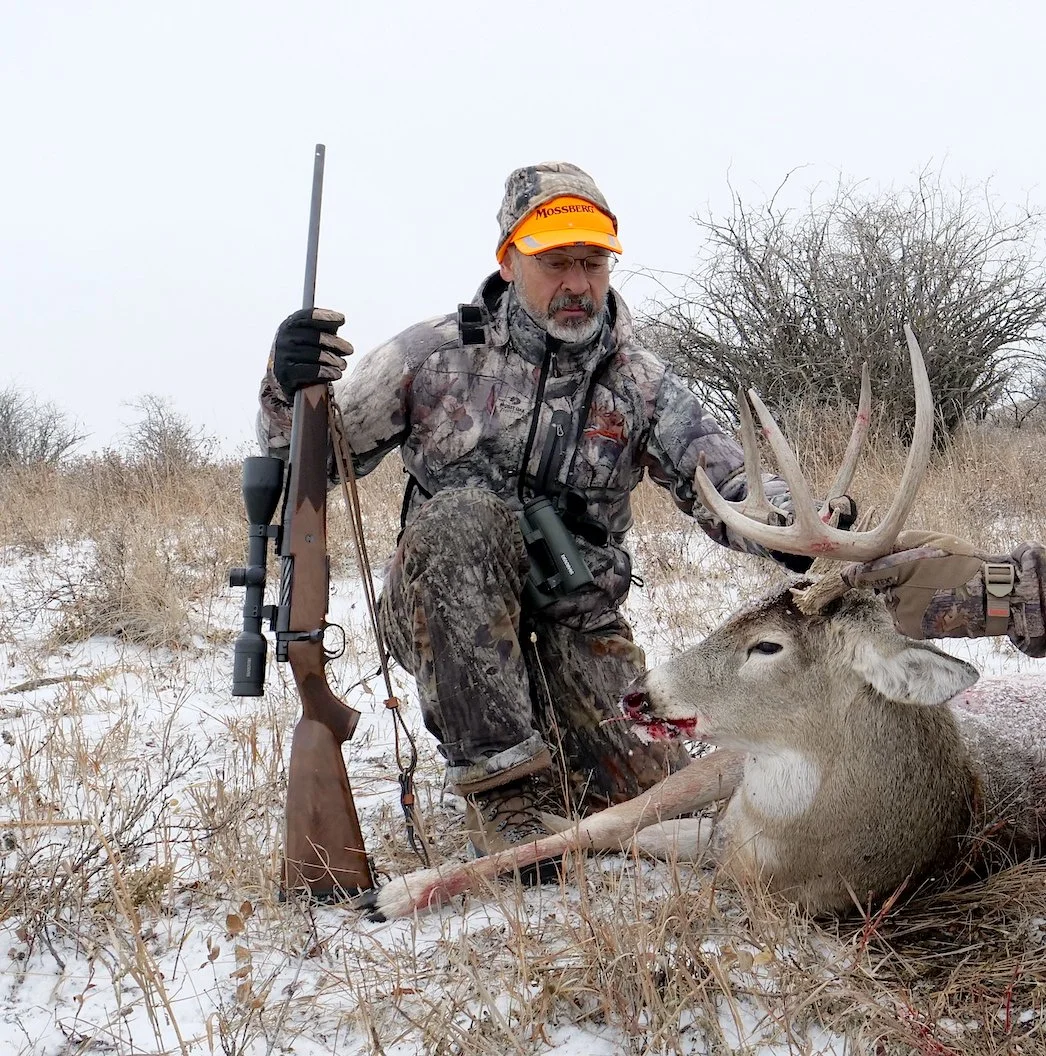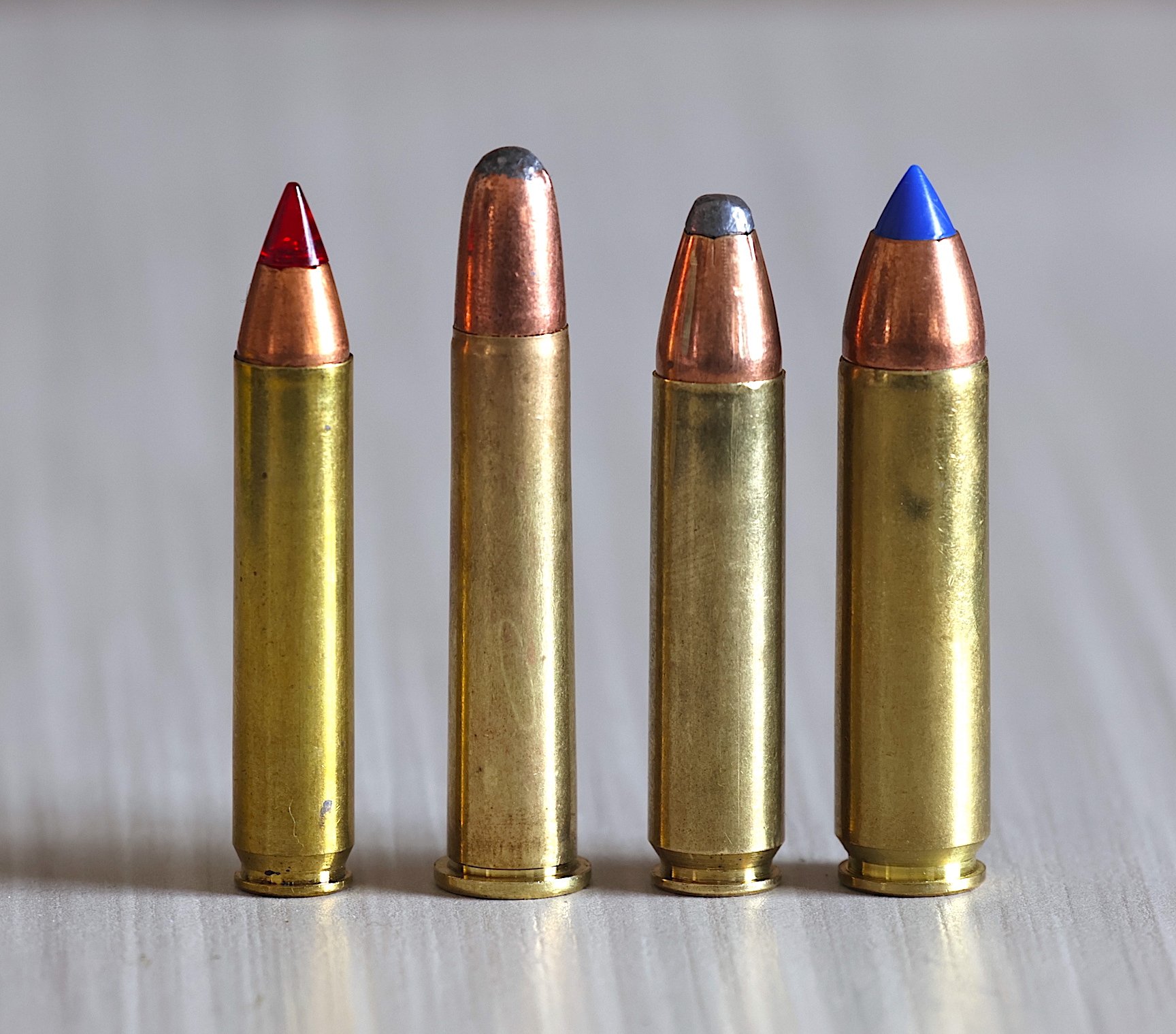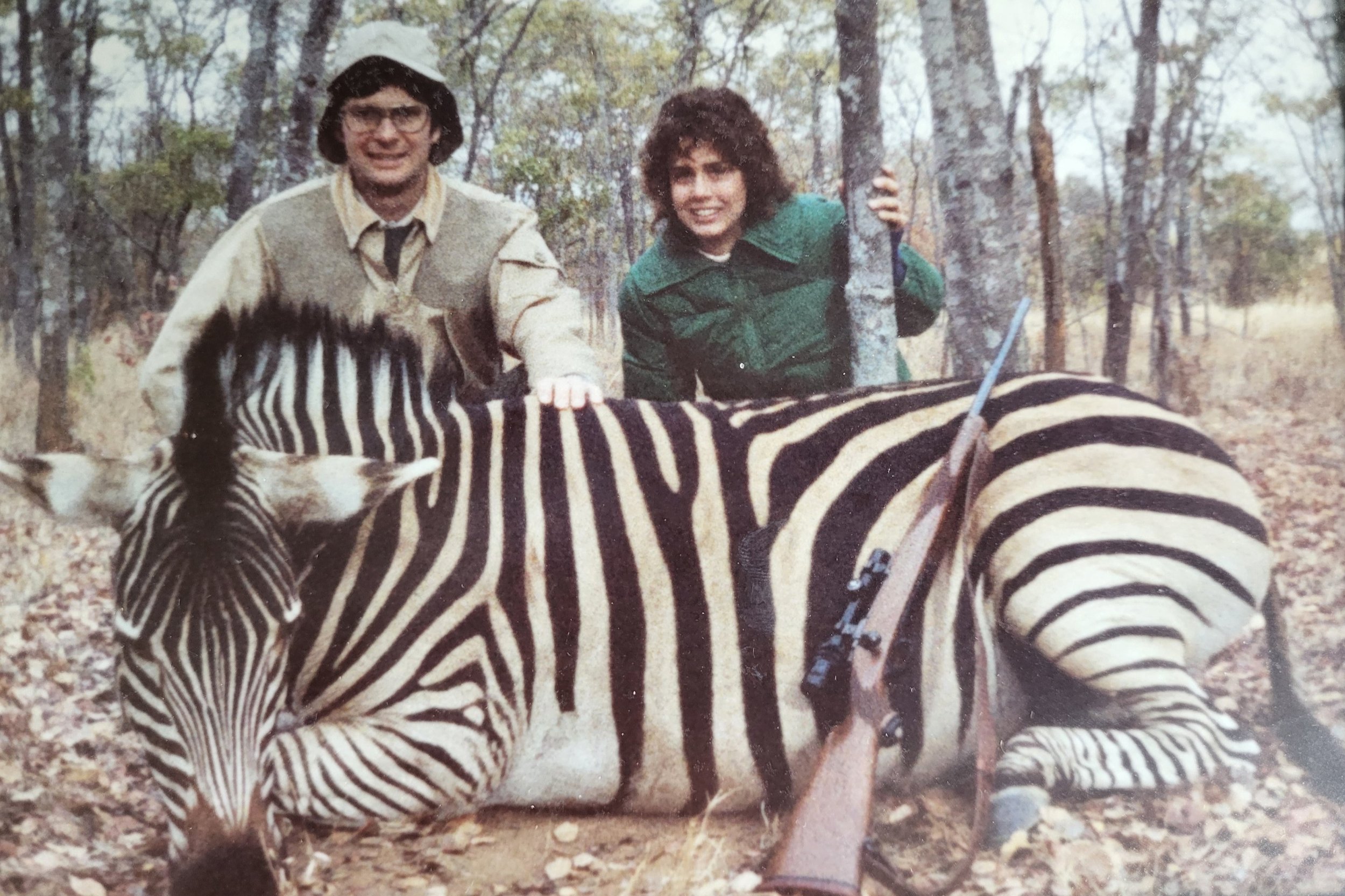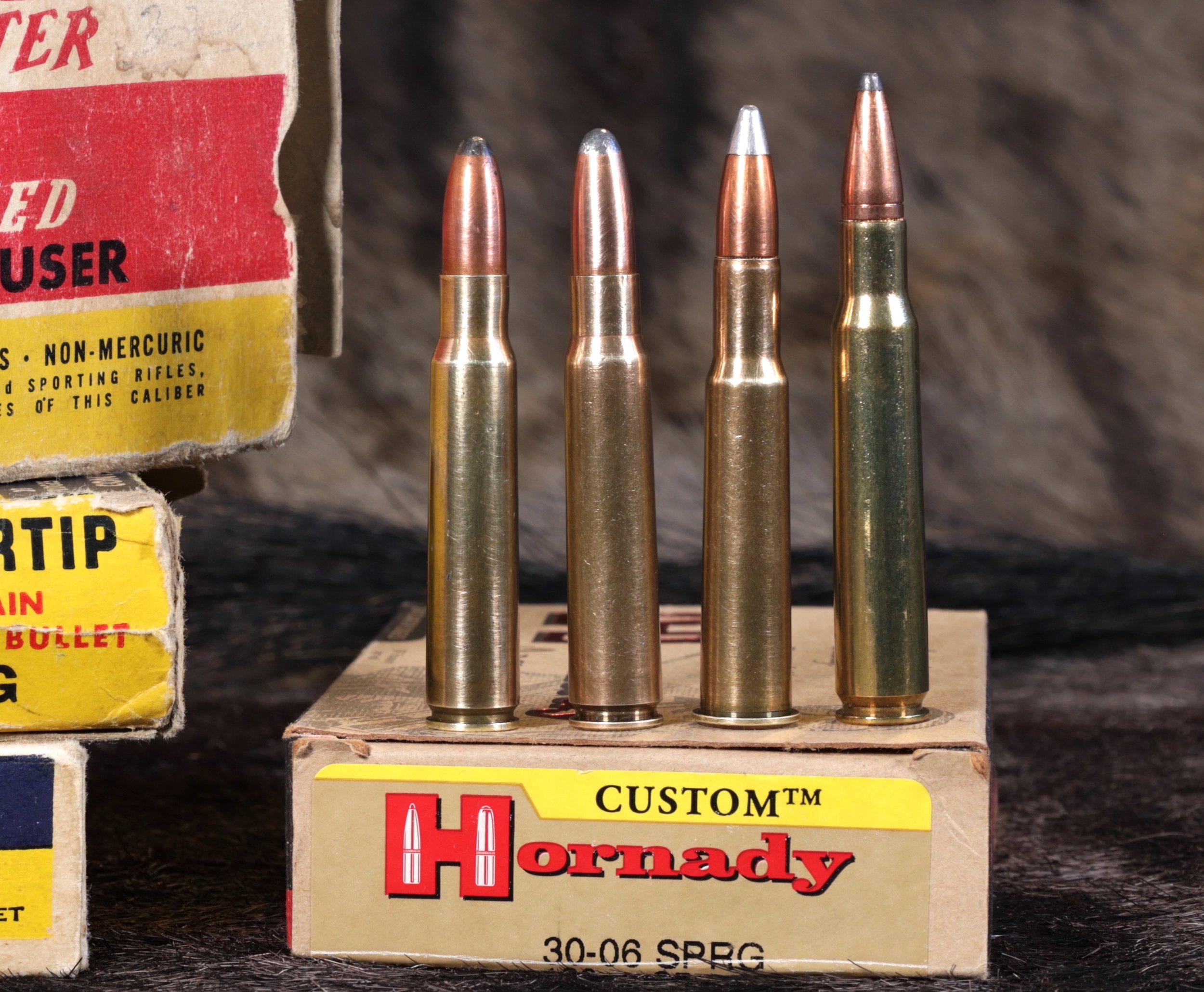Understanding and Using MPBR (Maximum Point Blank Range)
Advanced reticle systems in today’s scopes are a great method for pinpointing targets at a variety of long ranges. But multiple crosshairs, mil dots, and numbers on a reticle can get confusing, particularly when you’re hyper-ventilating as the biggest buck of your life is walking away. You have to shoot NOW. Do you have the mental control to select the correct crosshair? Do you have time to take your eye off that big buck and turn a turret dial? MPBR could save the day.
Ballistic reticles can be precise, but sometimes confusing. MPBR is not as precise, but faster and simpler.
MPBR is a simple system, one that requires no confusing arrays, no mathematical calculations, no dialing, no stress. Just aim at the center of the animal’s vital zone and concentrate on a clean trigger break. From 1 yard to as far as 300, perhaps even 400 yards, you’ll hit the vitals.
MPBR Defined
Anyone familiar with crime movies, books or news reports knows that shooting anything at point blank range means you can’t miss. “The victim was shot at point blank range.”So what is this magical PBR? Ten feet? Twenty? The muzzle touching the victim? No one knows because the term “point blank range” has never been precisely defined. Maximum Point Blank Range, however, has been.
MPBR is the distance over which a shooter can hold his sights dead on the center of the target and hit it. The bullet may strike the upper or lower edge or any point in between, but it will not miss (unless the shooter flinches or pulls the barrel off target.) To the surprise of many, with the right cartridge, bullet and target, this “dead-on hold” can stretch past 400 yards. How easy, how cool would that be? No dialing. No reticle selection. Aim dead-center on your buck or bull and hit it in the vitals even if its 400 yards away!
Exactly how far away is that pronghorn buck? When using MPBR you probably don’t need to know. A dead-on aim should get him.
How MPBR Works in the Field
Here’s how MPBR works: Every bullet fired -- from any rifle -- begins to be pulled to earth by gravity as soon as it leaves the barrel. In order to make it shoot above point of aim (POA) at 100 yards, the sights are aligned so that the barrel tilts slightly upward. The bullet then departs at an angle that puts it through and above the line-of-sight (LOS), at about 30 yards for most big game cartridges. This is much like throwing a baseball from center field to home plate. You look at home plate, but throw the ball high in order to compensate for gravity pulling it down.
Because bullets depart much faster than baseballs and resist air drag much better, they don’t need to be angled nearly so drastically high as a baseball in order to shoot “flat” to 200 or 300 yards. This does not mean that bullets rise after they leave a barrel. That’s a myth that developed from a misunderstanding. When shooters learn that their bullets strike higher than they are aiming at 100 yards, then fall onto the POA at roughly 240 yards, they assume the bullet climbed after leaving the muzzle. In reality it was merely aimed at that slight, upward angle. (It would take a propulsion force, i.e. a rocket engine, to make a projectile rise above its initial line of launch.)
Because we can intentionally angle a barrel to throw its bullet above LOS, it is possible to select just how far above that line we wish the projectile to travel. The greater the angle of the muzzle in relation to the LOS, the higher above POA the bullet will fly and the farther it will travel before gravity pulls in down through the LOS again, thus increasing MPBR.
Even when we aren’t aiming uphill, our rifle barrels are pointing slightly uphill from our line-of-sight.
A convenient way of visualizing this is to think of shooting down the center of a long pipe the diameter of your target's vital zone. Adjust your sights so that your bullet just misses the inside top of the pipe at the peak of its trajectory. From that point it will gradually fall until it hits the bottom of the pipe far down range. That striking point is your MPBR. It varies by the size of the pipe (target diameter) and your cartridge/bullet. With a jackrabbit and a .22 long rifle it could be 85 yards. With a coyote and .22-250 Rem. it could be 300 yards. With an elk and 7mm Rem. Ultra Mag. it could be 450 yards!
Target size is critical to determining this distance. The bigger the vertical vital zone, the longer the MPBR for any cartridge/bullet combination. The chest of a coyote is roughly 8 inches top to bottom. A mule deer’s chest might measure closer to 15 inches, a moose 30 inches. MPBR will be significantly farther for the larger vital zones.
Vital Zone Diameter Determines MPBR Limits
Determining MPBR for any particular rifle/cartridge/bullet begins by selecting vital zone diameter. Let’s say we’re setting up for an average-sized whitetail with a 14-inch vital zone. At its top is the spine, at its bottom the heart. If we hold exactly dead center, our bullet can hit as high as 7 inches above aim at any point along its travel and won’t miss!
Measuring about 24 inches from top of withers to bottom of brisket, a bull elk offers a large diameter target zone. This increases MPBR dramatically with any bullet trajectory.
But that doesn’t take into account natural bullet dispersal. If our rifle normally groups 5-shots inside a 1-inch circle at 100 yards (one MOA,) it can throw any bullet a half-inch higher or lower than the average center of the group at 100 yards, 1 inch higher at 200 yards and so on. Shooter error can easily add another inch or two of error, resulting in overshooting the target by several inches at mid- to long-ranges. Few of us shoot any rifle to its inherent accuracy potential under actual hunting conditions. Thus, it’s wise to downgrade vital zone diameter to compensate for our mistakes.
A more realistic target diameter of 10 inches or even 8 inches is a safer bet for setting MPBR for deer. So, for demonstration purposes, let’s set our sights to strike no higher than 5 inches above LOS for deer. For coyotes we’d be safe with 2 inches. Determining MPBR is done most easily by consulting ballistic charts in handloading manuals or on various websites. Here’s an example taken from the Sierra Rifle Reloading Manual:
Target 10-inches, .30-06 Govt., 165-grain SBT, B.C. .404., MV 2,800 fps.
100 yds 200 yds 285 yds 300 yds 335 yds 400 yds
+4.14 +4.53 0.0 -1.32 -5 (MPBR) -14.62
Target 10 inches, .300 WSM., 165-grain SBT, B.C. .404. MV 3,200 fps
100 yds 200 yds 300 yds 320 yds 380 yds 400 yds
+3.67 +4.85 1.34 0.0 -5(MPBR) -7.74
Personally, I wouldn't set up a deer hunting rifle to ever hit more than 4 inches above my POA. It's just too easy to shoot over, especially when a deer is standing with its brisket/chest half covered with grass. I tend to aim for the center of what I see, and that pushes the shot too high when only half the vital zone is visible. Also, even an MOA rifle can put any of its shots 1/2 MOA above your aiming point at any time, and most of us can't hold field accuracy to MOA, so we're likely to throw a shot 1 or 2 inches high.
BUY NOW
A safer target diameter of 8 or even 6 inches prevents shooting over, but also reduces maximum point blank range. Your choice.
Back to brisket, a mature mule deer buck can run 18 inches, but it’s still safest to use an 8-inch or, at most,10-inch diameter vital zone when setting up MPBR.
Speed is a great aid in extending MPBR, as the above chart shows. This is a significant benefit of magnum cartridges. Increasing a bullet's B.C., which is essentially its efficiency rating, it's ability to resist drag, also increases MPBR. So, to gain the longest MPBR, choose the fastest cartridge you can shoot accurately and the highest B.C. bullet that will deliver the terminal performance needed for your game. Here is a free on-line ballistic calculator: www.handloads.com/calc/. Play around with it to see what sorts of trajectory curves you can expect with various bullets. Here's a simpler MPBR calculator: www.shooterscalculator.com/point-blank-range.php.
MPBR can also be determined via trial and error on the range by punching paper targets. Start by zeroing to be 2 or 3 inches high at 100 yards. Then aim dead-on at various distances (200, 300, 400 yards, etc.) and measure the range of the highest hit and the extreme distance when the bullet falls below your chosen vital zone. Peak trajectory (highest striking point) usually falls between 150 and 200 yards. Those are distances at which you'll most likely shoot too high and they're the distance at which a lot of game is taken, so pay particular attention to your strikes at those ranges.
Even if you set things up using ballistic charts, check them against actual hits on paper. Not every rifle and bullet performs exactly as the charts predict. Also, spend considerable time shooting a variety of long-range targets from simulated hunting positions to determine whether your chosen vital zone diameter is excessive. You may need to settle for a maximum trajectory height of 3 inches or 2 inches instead of 4 inches for deer and your shooting style.
Quick! How far to that running coyote? With MPBR you needn’t worry. Just aim and shoot.
With MPBR set, memorized and practiced, you should be confident of hitting game without worrying about precise range until it’s extreme, i.e. beyond 300 yards. You needn’t ever worry about “hold under” again, and rarely “hold over.” Aim for center and if the first shot misses, stalk closer for the next one. Or, if your quarry remains standing in the clear and you have a solid rest and you trust your shooting skill at extreme range, aim just over the back for your second shot. The vast percentage of times you should get first round hits and one-shot kills.




